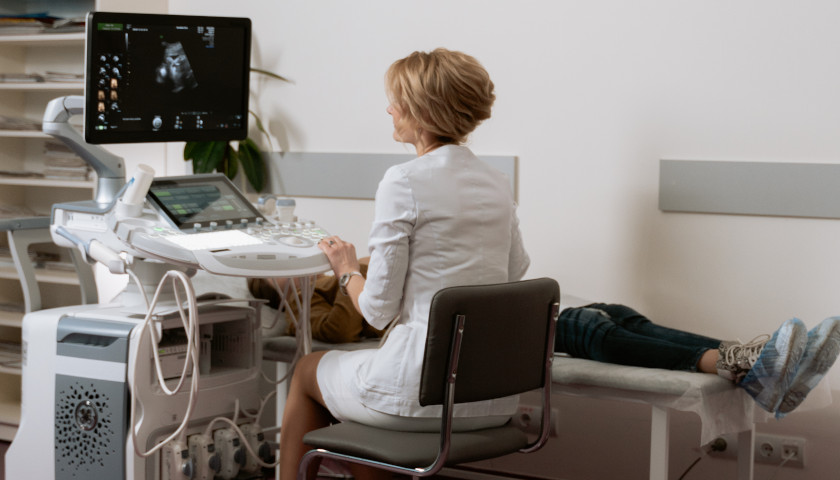by Raghavan Mayur
The RealClearMarkets/TIPP Economic Optimism Index, a leading gauge of consumer sentiment, dropped sharply 3.1 percent in June to 40.5. Since September 2021, the index has remained in negative territory for 34 consecutive months. June’s reading of 40.5 is 17.6 percent lower than the historic average of 49.2.
Optimism among investors edged up 0.4 percent from 46.3 in May to 46.5 in June, while it slumped by 6.0 percent among non-investors, from 40.1 in May to 37.7 in June.
The RCM/TIPP Economic Optimism Index has established a strong track record of foreshadowing the confidence indicators issued later each month by the University of Michigan and The Conference Board. From February 2001 to October 2023, TIPP released this index monthly in collaboration with its former sponsor and media partner, Investor’s Business Daily.
RCM/TIPP surveyed 1,910 adults from May 29 to May 31 for the June index. The online survey utilized TIPP’s network of panels to obtain the sample.
The index and its components range from 0 to 100. A reading above 50.0 signals optimism and a reading below 50.0 indicates pessimism. 50 is neutral.
The RCM/TIPP Economic Optimism Index has three key components. In June, two of these components declined, while one showed improvement.
- The Six-Month Economic Outlook, which measures how consumers perceive the economy’s prospects in the next six months, improved from 35.7 in May to 36.8 in June, marking a 3.1 percent gain. In October 2023, this component posted 28.7, its lowest reading since the index debuted in February 2001.
- The Personal Financial Outlook, a measure of how Americans feel about their own finances in the next six months, declined by 6.6 percent from its previous reading of 51.3 in May to 47.9 this month. In January, the component had crossed above the neutral reading of 50.0. It remained above 50.0 in the positive territory for five consecutive months, only to drop below 50.0 in June.
- Confidence in Federal Economic Policies, a proprietary RCM/TIPP measure of views on the effectiveness of government economic policies, declined sharply from 38.5 in May to 36.7 this month, reflecting a 4.7 percent drop.
RCM/TIPP also releases our companion index, known as the RCM/TIPP Financial-Related Stress Index, the only metric to track the financial stress felt by Americans monthly.
The index edged down 0.2 points, or 0.3 percent, from 66.1 in May to 65.9 in June.
The higher the number, the more stress. Readings above 50 signal increased stress, while those below 50 indicate lower stress, with 50 considered neutral. For context, the last time the index posted below 50.0 was before the onset of the pandemic in February 2020, when it stood at 48.1.
Further, its average since 2010 stands at 59.4. June’s reading of 65.9 surpasses this historical average by 10.9 percent, indicating that Americans are experiencing approximately 11 percent higher financial stress levels than usual.
Notably, the index peaked at 70.5 in October 2023, marking its highest reading since December 2008 (71.0). Since then, it has declined for the better, reaching 65.9 in June.
“How interesting, but also unsettling that as the RCM/TIPP Economic Index swoons, housing continues to reach all-time highs. When people are more confident in what houses human capital over the human capital inside houses, something is amiss. I think history, or at least the correct history, will note the “asset classes” that were doing well when broad confidence was in decline,” said John Tamny, the editor of RealClearMarkets.
“The consumer sentiment became gloomier in June as inflation concerns persist. This month, 84 percent are concerned about inflation. Meanwhile, the share of respondents who think the U.S. is in a recession decreased slightly to 44 percent, down from 45 percent in May, while the share who believe the economy is improving remains steady at 25 percent,” said Raghavan Mayur, president of TechnoMetrica, who directed the survey. “Financial stress declined a notch in June. The national debt, food prices, gasoline prices, unrest in the Middle East, and associated supply chain issues threaten the U.S. economy. TechnoMetrica believes that the U.S. will enter an extended period of stagflation in the months ahead.”
Economic Optimism Index Breakdown
This month, only two of the 21 demographic groups we track, including age, gender, race, and education, are in positive territory above 50 on the Economic Optimism Index. For comparison, there were two in May, five in April, and three in March. Five of the 21 groups improved on the index, compared to five in May, six in April, and 10 in March.
For the Six-Month Economic Outlook component, only one of the 21 groups that RCM/TIPP tracks scored in optimistic territory, compared to one in May, two in April, and one in March. Economic Outlook sentiment improved for 15 of the 21 groups, compared to four in May, nine in April, and 10 in March.
For the Personal Financial component, five of the 21 groups that RCM/TIPP tracks were in optimistic territory compared to 12 in May, 11 in April, and 16 in March. Two groups rose in June, compared to 11 in May, two in April, and 12 in March.
For the Federal Policies component, only one of the 21 groups is above 50.0, compared to one in May, three in April, and two in March. Four groups rose compared to five in May, 17 in April, and six in March.
– – –
Raghavan Mayur is a reporter for RealClearMarkets.
Photo “New Home Construction” by Pixabay.




